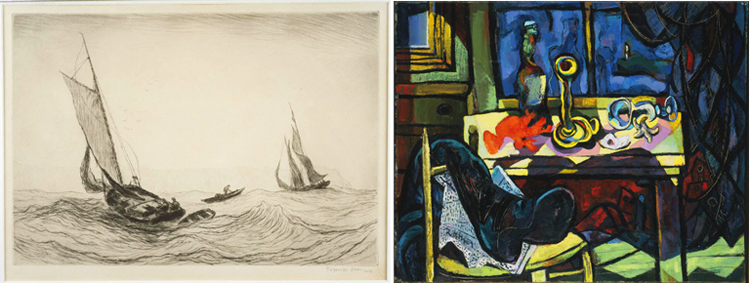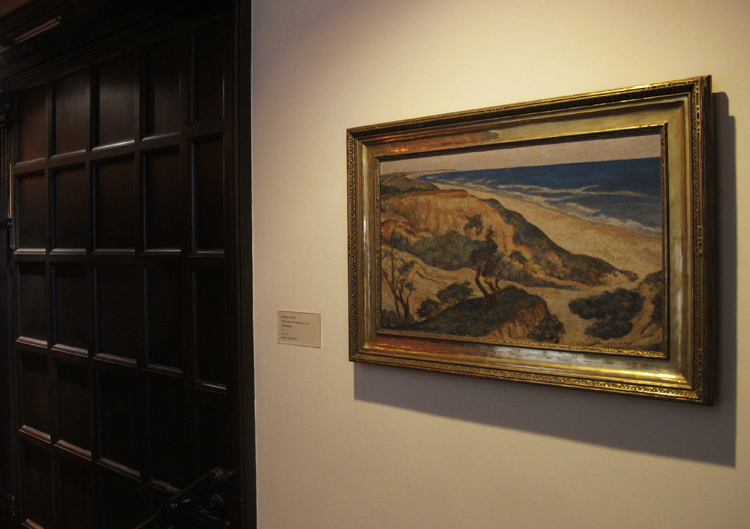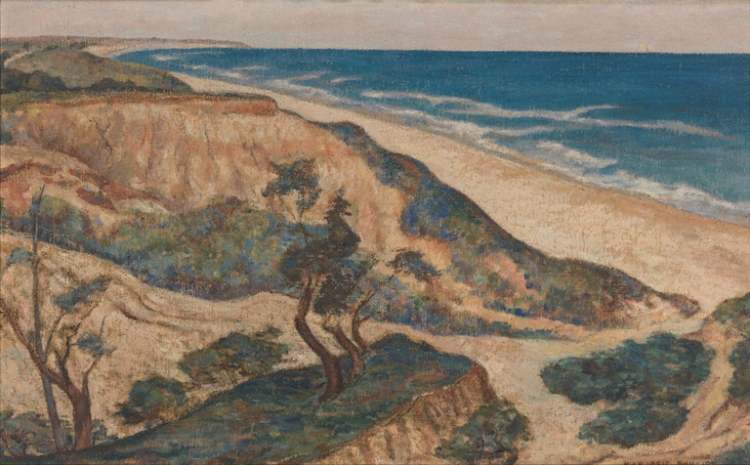Despite being a pioneer in his collecting of modern art, Duncan Phillips did not extend his exploration of the non-traditional to women artists. They make up a small percentage of the works he and his wife, Marjorie, collected as well as the works added since. 2008 Postdoctoral Fellow Jennifer T. Criss attempted to identify why women are so underrepresented in the collection, but the question is difficult to answer. She concluded that Phillips valued the power of an individual work above all else, favoring a painting’s ability to produce an emotional reaction in the viewer above other qualities or associations. So while Duncan’s partnership with Marjorie or his personal reliance on women in his business life (to be explored in blog posts later this month) did not result in the rich collection of women artists that one might hope, there are some very strong and wonderful works by women at the Phillips. Below is a selection of works that were acquired by Duncan Phillips. Updated: Read a post on Phillips’s powerful secretary, Elmira Bier.

Theresa Bernstein, Girlhood, 1921. Oil on canvas, 29 x 35 1/8 in. Acquired 1924. The Phillips Collection, Washington, D.C.

Isabel Bishop, Lunch Counter, c. 1940. Oil, egg tempera and pencil on hardboard, 23 x 14 in. Acquired 1941. The Phillips Collection, Washington, D.C.





